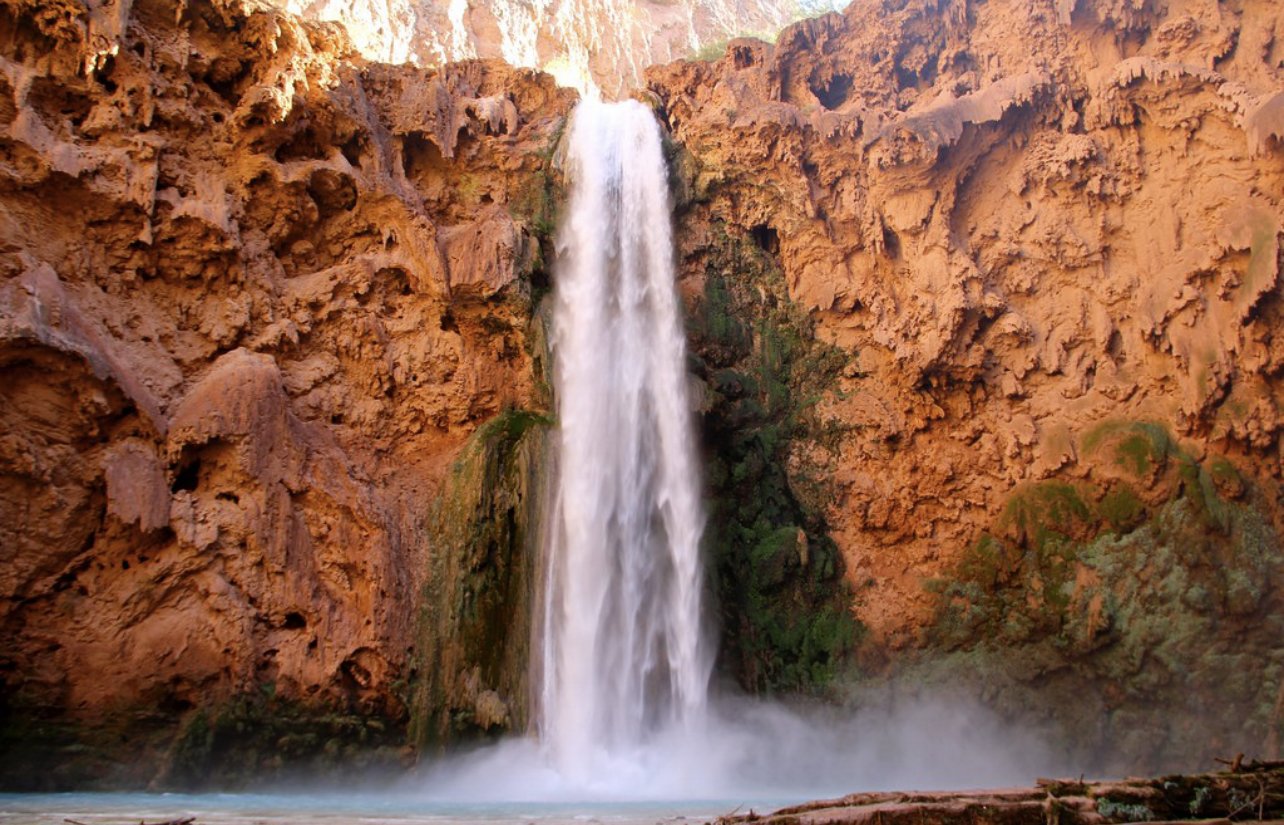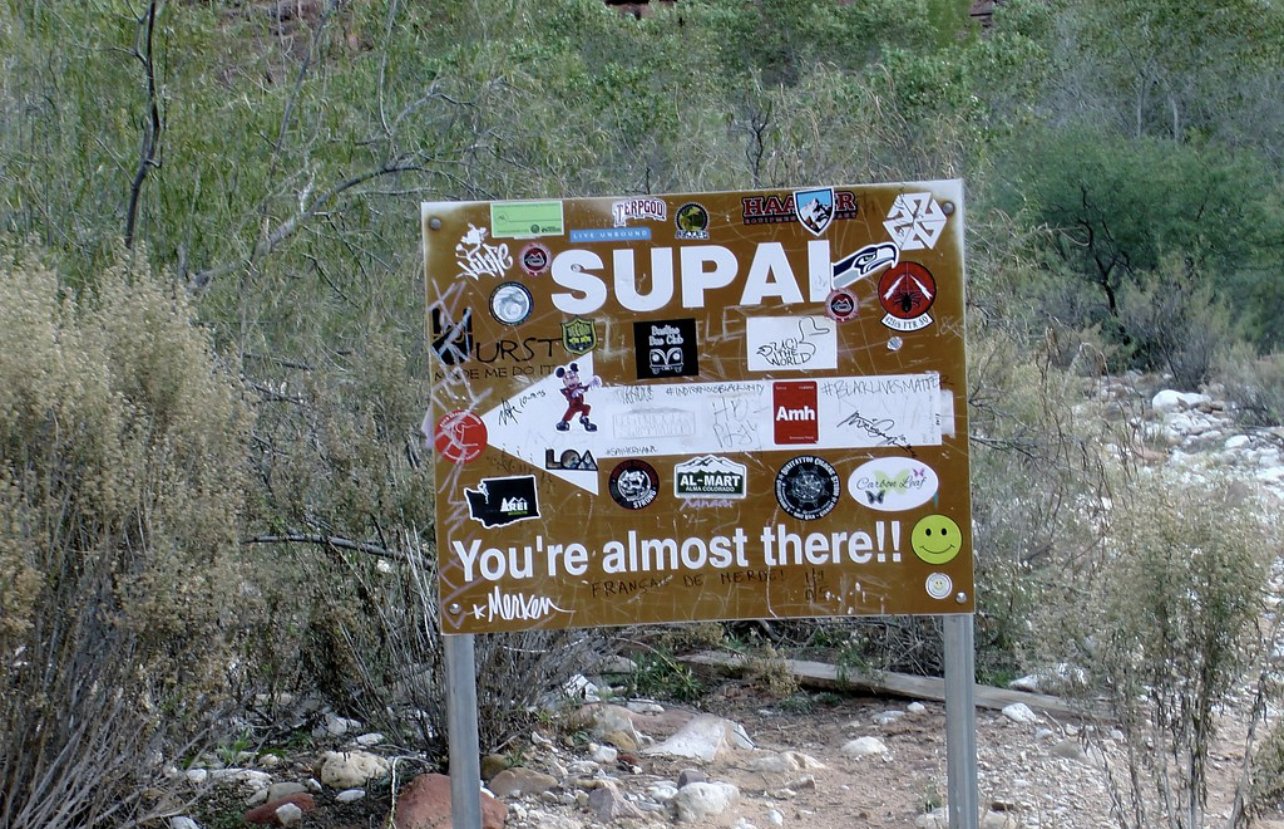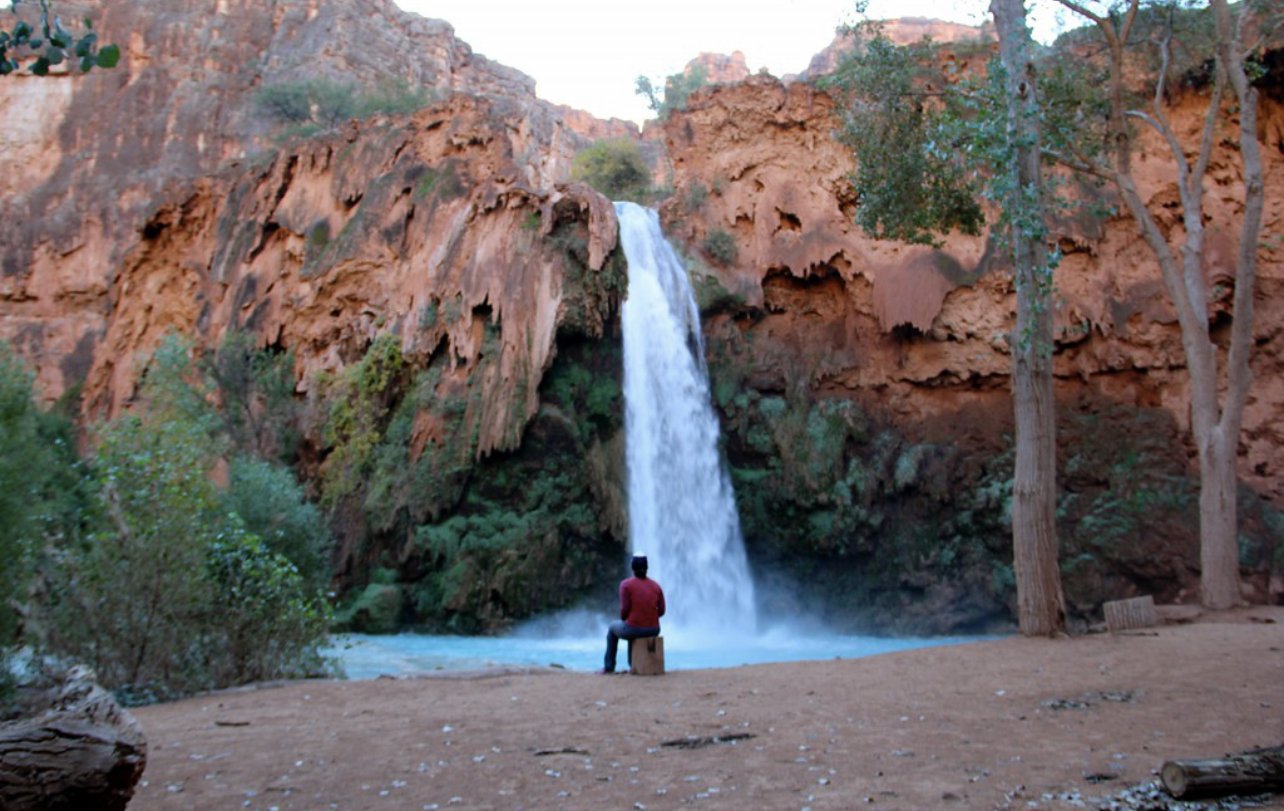Havasupai Indian Reservation: A Sacred Place of Surreal Beauty
By Daniela Zavala, HECHO’s Communications Director.
When I moved to Arizona, I was excited to visit the famous Grand Canyon, one of the Seven Natural Wonders of the world and the second most visited National Park in the United States.
It is hard to forget that moment I first saw this magnificent place from one of the viewpoints of the South Rim. Its vastness, depth, uniqueness, and beauty left me speechless.
Not long after that awe-inspiring experience, I came across photos of unreal blue-green waterfalls hidden deep in the southwest corner of the Grand Canyon: the Havasupai Falls. That’s when and how I discovered that people live in this magical and remote place.
The Havasupai people have lived in the Grand Canyon for over 1,000 years. They are known as the People of the Blue Green Waters, the original guardians of the Grand Canyon. With 188 077 acres, the Havasupai Indian Reservation was established in 1882 and is considered one of the most remote Indian reservations.
The village of Supai, where the tribe lives, is located eight miles into the Havasu Canyon. There is no road to the town, so the only way to get there is by foot, helicopter or horseback.
Getting there wasn’t going to be easy, but I was determined to visit the stunning waterfalls of Havasu Creek.
I arrived at the Hualapai Hilltop, with an elevation of 5,200 feet, located at the very end of Indian Rd 18. I stood there facing the intimidating and magnificent reddish and gray canyon with 3,000-foot height walls. That’s where the eight mile-hike starts.
It was a long but incredible and scenic hike surrounded by gigantic sandstone walls with red layers. And just as unbelievable was to arrive in Supai, the home of the People of the Blue Green Waters. The town has houses, stables, a trading post, a lodge, and even a tiny church.
A short walk from the town are the glorious falls and aquamarine streams that attract hikers and adventure seekers from all over the world, but most importantly, a precious water source that has allowed this community to thrive for centuries and to cultivate fields of corn, beans, and squash.
Uranium mining in the Grand Canyon is not only a threat to this natural wonder, probably one of the most beautiful places on Earth but to the livelihood of the Havasupai people. If their only water source is contaminated, the tribe wouldn't be able to live here.
Past uranium mining operations have caused damage to native lands, disproportionally affecting Indigenous people in northern Arizona.
The Grand Canyon's watershed, cultural heritage, ecosystem, and unique natural beauty must be permanently protected for current and future generations.









